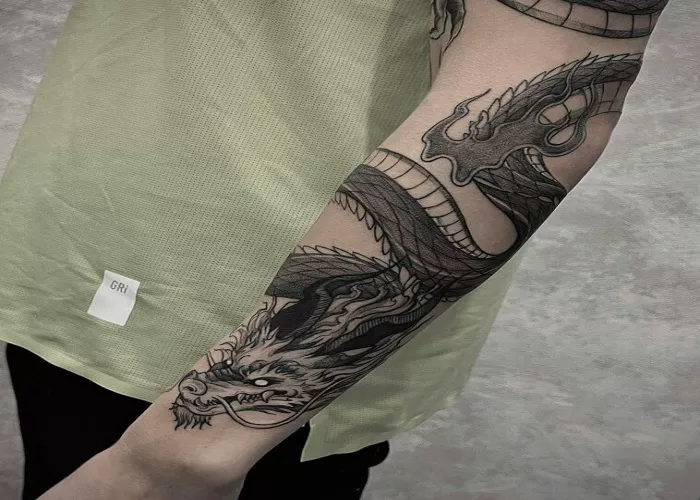A team of researchers has uncovered remarkable facial and wrist tattoos on an 800-year-old female mummy, revealing intricate patterns previously unknown to the archaeological community. The findings, published recently in the Journal of Cultural Heritage, offer a rare glimpse into the personal and cultural practices of ancient Andean civilizations.
The mummy, whose remains were donated to an Italian museum nearly a century ago, has long lacked detailed contextual information. While the woman’s cultural affiliation and provenance remain uncertain, her burial posture offers significant clues. Wrapped in layers of textiles and positioned upright in a flexed position, the burial resembles the traditional Andean funerary practice of placing the deceased in a fardo—a bundle used to wrap and inter the dead. Radiocarbon dating of the textiles adhered to her body places her life between 1215 and 1382 CE.
Unveiling Hidden Tattoos Through Advanced Imaging
What makes this discovery particularly notable are the tattoos that have been revealed through cutting-edge imaging techniques. While a few tattoos were visible to the naked eye, researchers employed a variety of advanced methods, including 500–950 nm infrared false-color imaging and 950 nm wide-band infrared reflectography, to uncover previously hidden ink patterns. These techniques revealed three straight lines extending from the woman’s mouth to her ear on each cheek, as well as an S-shaped design on her wrist.
Facial tattoos are rare in Andean cultures, with cheek markings being especially uncommon. “The three detected lines of tattooing are relatively unique,” the researchers wrote in their study. “Skin marks on the face are rare among the groups of the ancient Andean region and even rarer on the cheeks.” The wrist tattoo, although located in a region commonly adorned with tattoos, is described as unusually simple and distinct from other known designs of the time.
An Unprecedented Pigment Composition
The composition of the tattoos further adds to their significance. Using techniques such as X-ray fluorescence spectrometry, μRaman spectroscopy, and scanning electron microscopy, scientists identified the pigments used in the tattoos. Notably, the ink was made from magnetite—a mineral rich in iron—combined with pyroxene silicates. Charcoal, which has been a common pigment in tattooing for millennia, was notably absent from the analysis.
The researchers pointed out that the use of magnetite as a black tattoo pigment has not been previously reported in South American mummies. Furthermore, the presence of pyroxenes in tattoo pigments is exceedingly rare, adding another layer of intrigue to the discovery.
Mystery Surrounds the Purpose of the Tattoos
Despite the technical breakthroughs in imaging and pigment analysis, the exact purpose of the tattoos remains a mystery. The visibility of the tattoos suggests that they may have had a communicative or decorative function. However, without clear cultural parallels, the meaning behind these markings is difficult to decipher.
Nevertheless, the discovery offers an unprecedented glimpse into the personal and cultural expression of a woman who lived more than 800 years ago in the Andes. The unique nature of these tattoos provides valuable insights into ancient Andean tattooing practices and contributes to a growing understanding of the role of body art in pre-Columbian South America.
Related topics:

